Primary battery cells
Primary battery cells cannot be recharged and once their energy is depleted they should be disposed off in the manner recommended by the manufacturer. The cells should be examined occasionally during their life for signs of leakage or physical deformation.
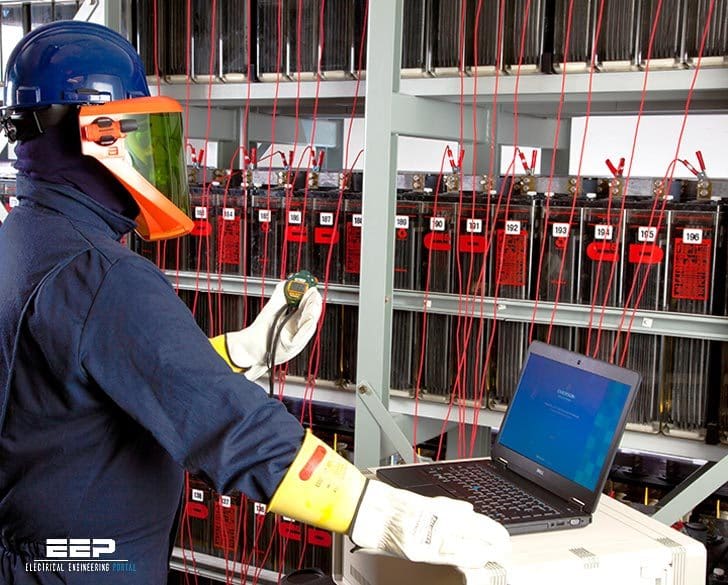
IMPORTANT! Chemical hazards can arise if batteries are misused or abused and in extreme cases, if there is a risk of fire or explosion.
Secondary battery cells
Small secondary battery cells should be examined periodically under both charging and discharging conditions. As the battery ages its ability to accept recharge and hold its capacity will decrease. This ageing is usually shown by the dissipation of heat during charging as a result of the inability to accept charge, whilst on discharge a reduction of capacity will be observed. Excessive overcharging will cause leakage of electrolyte or deformation of the cell.
When handling vented cells, supplies of saline solution (for eye washing) and clean water should be readily available. If a cell is to be filled, only purified water should be used when mixing the electrolyte. The maximum storage time for battery cells which are filled and nominally charged is:
- 6 months for nickel cadmium,
- 12 months for valve-regulated lead acid batteries (at 20°C) and
- 8 weeks for vented lead acid batteries.
Cells which are stored for longer than this should be periodically charged and the electrolyte level should be checked, where applicable.
Whether filled or empty, the battery may contain explosive gases, and no smoking, sparks or flames should be permitted in the vicinity of the installation.
Although the voltage at any point in a battery system can be reduced by the removal of inter-cell connectors, the cells are electrically live at all times and cannot be de-energized or isolated in the conventional sense. When connecting cells together, insulated tools should be used wherever possible to avoid accidental short circuits and sparks.
Tools should be cleaned before use if they are to be used on both lead acid and nickel cadmium batteries, since acid will destroy a nickel cadmium battery.
On large installations it is good practice to operate a system of cell log sheets. Such sheets or books are normally supplied by the cell manufacturer. Completion of these sheets will require the measurement of voltage, ambient temperature and, if applicable, the specific gravity of each cell at regular intervals.
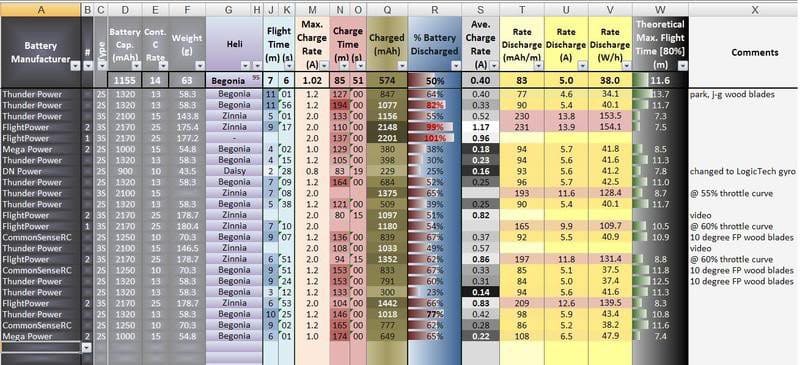

Cell electrolyte level (where applicable) and the tightness of cell connections should also be checked at these intervals.
- Loose connections in the battery cells or in the charger system
- Low or high electrolyte level (where applicable)
- Debris or electrolyte spillage on the top cells which may lead to short circuits
- Excessive loss of electrolyte (where applicable) due to overcharging or battery ageing
- Cells overheating because of their inability to accept charge
- Loss of capacity due to undercharging (specific gravity should be checked where applicable)
- Loss of charger regulation due to a control circuit fault
- AC or DC fuses operated
- Excessive loading on the battery or on the charger
Reference: Newnes Electrical Power Engineer’s Handbook – D.F. Warne (Purchase hard copy from Amazon)





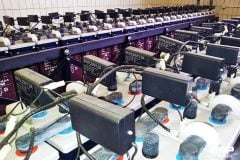

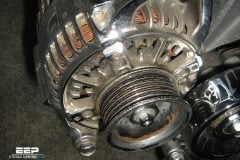
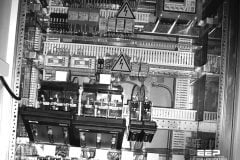
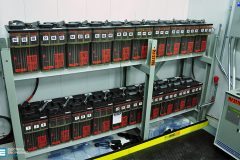

This is a great article and you are banged on with your points about operation and maintenance of battery cells. Be clear about what you really need and want to accomplish at this point- you are right with this point.
We had experienced an explosion of lead batteries of diesel engine fire water pump while attempting to start using ignision. The battery bank is connected with automatic recharging system. Battery bank is placed under a high roof structure open from all side for ventilation. What could be the possible surces of this kind of incident.
What proportion of water to acid is used when filling lead acid battery. Water first or acid?
water